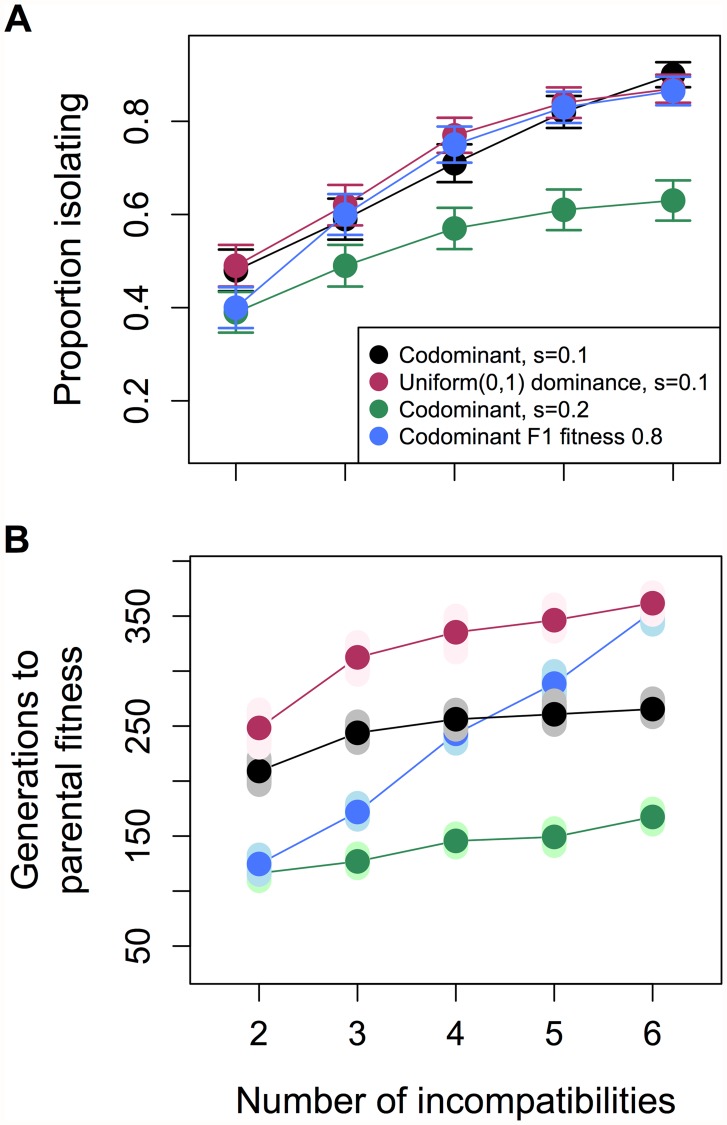Fig 3. Relationship between the number of hybrid incompatibility pairs and probability of evolving isolation from both parents.
With an increasing number of hybrid incompatibility pairs, reproductive isolation from both parents increases in likelihood (A) but populations require longer periods of time to reach parental fitness levels (B). In these simulations two to six hybrid incompatibility pairs distinguish the hybridizing species and hybrid populations formed at equal admixture proportions (f = 0.5, 1,000 diploid individuals). Simulations labeled F1 indicate that the selection coefficients were set such that the fitness of F1 hybrids between the two parental species equaled 0.8 regardless of the number of incompatibilities. Results are based on 500 replicate simulations. In (A) whiskers represent two standard errors; in (B) smears represent the means of 1,000 bootstrap samples.

